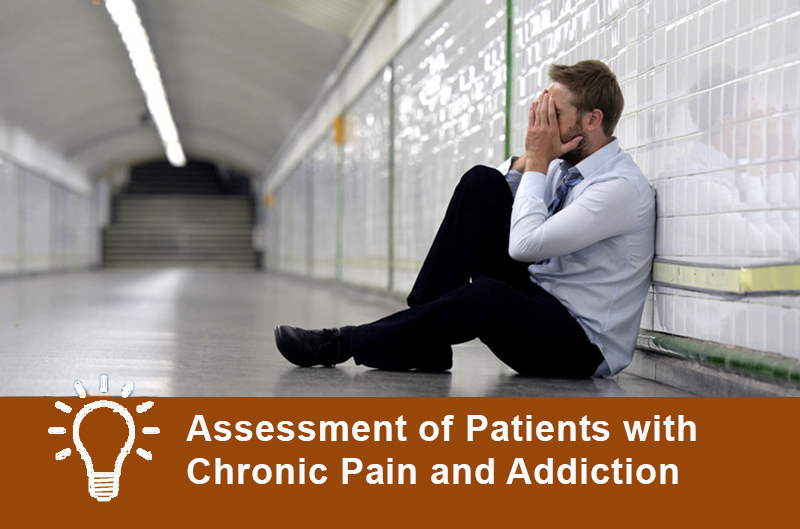Assessment of Patients with Chronic Pain and Addiction
The Carlat Psychiatry Blog, Volume , Number ,
https://www.thecarlatreport.com///
It can be challenging to manage chronic pain, even more so when our patients suffer from addiction, says Michael McGee, MD, Chief Medical Officer, The Haven at Pismo, Avila Beach, CA. We can find ourselves walking a tightrope between the risk of relapse due to the inadequate treatment of pain, and the risk of relapse due to the use of opioid analgesics. In an the article “Treating Chronic Pain When There’s Addiction: A Primer” from The Carlat Addiction Treatment Report, Dr. McGee offers the following advice on assessing patients for pain:
Assess how the pain impacts functioning. Ask how the patient copes with it. How does the pain affect daily activities, including work, household responsibilities, socializing with friends, sex, and having fun?
Assess all other cooccurring conditions and disorders. Include other psychiatric illnesses, medical conditions, and neuropsychiatric impairments.
In your mental status exam, take note of whether the patient is focused on medications, particularly opioids. Look for somatic preoccupation. Assess both mood and the presence of suicidal ideation, intent, plans, and behaviors. Assess cognition, as impairments will affect the treatment.


